Throughout human history, gardening has played a vital role in sustaining civilizations, providing food, and fostering a deeper connection with nature. Historic vegetable gardening, a practice rooted in ancient traditions and evolved through the ages, offers valuable insights into sustainable living and the preservation of agricultural knowledge. From the basics of starting a garden to understanding the evolution of gardening practices, this exploration delves into the rich tapestry of vegetable cultivation across cultures and eras. By examining historical methods, modern applications, and the enduring legacy of gardens, we uncover the significance of historic vegetable gardening in shaping our relationship with food and the environment. This journey takes us from the origins of gardening to its role in wartime survival, highlighting its continued relevance in today’s world.
Key Takeaways
– Pioneers Leveraged Sustainability: Early gardeners blended functionality with sustainability, growing herbs and vegetables for both use and preservation.
– Herbs Offered Multiple Benefits: Herbs like dill, thyme, parsley, oregano, basil, chamomile, borage, and lemon balm served medicinal, culinary, and pesticidal purposes.
– Vegetables Were Essential: Cucumbers, tomatoes, carrots, onions, and squash were staples, providing fresh food and contributing to preserves.
– Dual-Purpose Plants Added Value: Lamb’s ear, lavender, and statice were used for practical and decorative purposes.
– Flowers Enhanced Gardens: Marigolds, sunflowers, and calendula helped deter pests and added beauty.
– Sustainable Practices Were Prioritized: Preserving heirloom seeds ensured tradition and resilience.
– Victory Gardens Boosted Security: During wartime, home gardening reduced dependence on imports and supported military efforts.
– Modern Gardening Emphasizes Heirlooms and Organics: Today’s focus on sustainability and self-sufficiency mirrors historical practices.
– Turnips Were a Favorite Crop: Heirloom turnips thrived in various climates and provided nutritious roots.
– Actionable Tips for Success: Start small, choose climate-suited plants, and adopt sustainable methods like composting.
The Gardening 3-Year Rule Explained
The gardening 3-year rule is a simple yet effective principle that helps gardeners optimize their efforts and enjoy healthier, more resilient plants. Here’s a breakdown of how it works:
- First Year: Focus on establishment. New plants need time to settle in, develop their root systems, and adapt to their environment. Avoid excessive pruning or harvesting during this phase to allow the plants to strengthen.
- Second Year: Observe and prepare. Many plants will start to creep or spread during this time. Use this opportunity to divide clumps of perennials or move young plants to new locations if needed.
- Third Year: Take action. In the third year, your plants are ready to leap into new spaces. Feel free to transplant them to different areas of your garden or into containers, knowing they’ll thrive due to their established roots and health.
This rule is particularly useful for perennials, which return each year, allowing you to plan your garden layout more effectively. By following the 3-year cycle, you can enhance sustainability and minimize the need for frequent purchases of new plants.
What is the Oldest Form of Gardening?
The oldest known form of gardening dates back to prehistoric times, when early humans began to gather and cultivate wild plants. This primal form of gardening involved simply collecting edible roots, berries, and fungi, which laid the foundation for human interaction with plants.
- Wild Plant Gathering: Early humans relied on gathering wild edibles, which marked the beginning of human-plant interactions. This form of “gardening” was instinctual and based on survival needs.
- Agroforestry: One of the earliest organized approaches to gardening was agroforestry, combining tree cultivation with crop production. This method allowed for sustainable land use and provided multiple benefits from a single area.
- Kitchen Gardens: As settled communities emerged, small-scale kitchen gardens became popular. These gardens focused on growing herbs, vegetables, and fruits close to home for daily use.
- Ornamental Gardens: The concept of ornamental gardening, aimed at aesthetic appeal, developed later with the rise of civilizations. Wealthier individuals began cultivating plants for beauty and status.
Each of these forms represents a progression in human understanding and utilization of plants, highlighting the evolution of gardening practices over millennia.
For deeper insights into traditional gardening methods and sustainable practices, explore Old Seed ‘s comprehensive resources.
Most Common Mistakes of First-Time Gardeners
- Overwatering Plants: Many new gardeners tend to overwater their plants, which can lead to root rot and poor plant health. Proper watering is essential, focusing on consistent moisture without excessive amounts.
- Underestimating Sunlight Requirements: Some first-time gardeners may not realize how much sunlight certain plants need, leading to stunted growth or weak plants.
- Ignoring Soil Preparation: Healthy gardening starts with good soil. Poor soil preparation can result in weak or non-producing plants due to compacted soil or lack of necessary nutrients.
- Fertilizing at the Wrong Time: Applying fertilizer at the wrong time, such as late in the growing season, can be ineffective and even harmful to plants.
- Not Recognizing Pests and Diseases: New gardeners may overlook signs of pests or diseases, allowing issues to escalate before they’re addressed.
- Incorrect Plant Spacing: Crowded plants can struggle to grow and are more susceptible to diseases. Proper spacing is crucial for healthy plant development.
- Dividing Perennials Incorrectly: Many beginners mishandle the division of perennials, leading to overcrowding or poor growth.
- Starting Too Late in the Season: Attempting to plant late in the year reduces the chances of successful growth due to limited time for root establishment.
- Forgetting to Use Mulch: Mulching helps retain soil moisture, suppresses weeds, and regulates soil temperature, all of which are vital for garden success.
What Did Pioneers Plant in Their Gardens?
Pioneers often cultivated a variety of plants in their gardens, blending functionality with sustainability. Here’s a breakdown of the key plants and their uses:
Herbs
Pioneers grew an array of herbs not just for flavor but also for their medicinal and practical benefits. Common herbs included:
- Dill – Used for pickling and as a companion plant
- Thyme – A natural preservative and breath freshener
- Parsley – Both a seasoning and a digestive aid
- Oregano – Known for its antibacterial properties
- Basil – Used in infusions and as a deterrent for pests
- Chamomile – A soothing tea and natural remedy
- Borage – Rich in nutrients and used for beekeeping
- Lemon Balm – A calming herb and mosquito repellent
Vegetables
Crops were essential for survival and self-sufficiency. Pioneers grew:
- Cucumbers – For pickling and fresh use
- Tomatoes – A staple in preserves and sauces
- Carrots – Stored easily and used in soups
- Onions – Essential for cooking and preserving
- Squash – Grown for eating and storage
Plants with Dual Purposes
Pioneers were resourceful, using certain plants for both practical and aesthetic reasons:
- Lamb’s Ear – Used for making bandages
- Lavender – Grown for its fragrance and medicinal properties
- Statice – Decorative dried flower used in bouquets
Flowers
While not always the focus, flowers played a role in pioneer gardens:
- Marigolds – Deterred pests and added color
- Sunflowers – Grown for oil and as a companion plant
- Calendula – A medicinal herb and cheerful addition
Sustainable Practices
Pioneers embraced sustainable gardening techniques, preserving heirloom seeds and passing down knowledge. This approach ensured resilience and continuity of their traditions.
For more insights into heirloom gardening and sustainable practices, visit OldSeed.org . Explore guides, tips, and resources to honor traditional gardening methods and promote environmental stewardship.
Historical Context of Home Gardening During Wars
During times of conflict, American citizens have historically taken initiative to cultivate gardens to support their households and contribute to larger military efforts. One notable example is the phenomenon of victory gardens during World War II, which aimed to reduce pressure on the food supply chain by allowing individuals to grow their own produce.
Key Benefits of Home Gardening During Wars
- Food Security: By growing their own vegetables, families ensured a steady source of fresh produce, reducing reliance on imported goods that might be rationed or scarce.
- Resource Conservation: Victory gardens freed up agricultural resources, such as fertilizers and transportation, for use by the military and industrial sectors.
- Nutritional Value: Access to fresh, organic vegetables improved the health and well-being of families engaged in gardening.
- Societal Impact: These efforts fostered a sense of self-reliance and patriotism among citizens contributing to the war effort.
Modern Relevance of Home Gardening
Today, the concept of home gardening has evolved into a broader movement emphasizing sustainability and self-sufficiency. Practices like heirloom gardening and organic farming are increasingly popular, reflecting a desire to reconnect with traditional agricultural methods and promote environmental stewardship.
For those interested in learning more about these practices, resources like Old Seed’s heirloom gardening guides offer valuable insights and practical tips for getting started.
Actionable Steps for Modern Gardeners
- Start small with manageable garden spaces.
- Choose plants suited to your climate and soil conditions.
- Implement sustainable practices like composting and mulching.
- Consider joining local gardening communities or cooperatives for support and resources.
What Did the Old Men Plant?
The old men planted a variety of crops, but among the most notable was the turnip. Turnips are a cool-season vegetable, known for their crisp, sweet flavor and versatility in the kitchen. They grow well in many regions and require minimal maintenance, making them a favorite among experienced gardeners.
Turnips thrive in well-drained soil and full sunlight. They are relatively easy to grow and can be harvested in late spring through early winter, depending on the variety. The old men often chose heirloom varieties, which are known for their hardiness and unique flavors.
How to Plant Turnips
- Choose a sunny spot in your garden or a large container.
- Prepare the soil by loosening it and mixing in compost or aged manure.
- Sow seeds ½ inch deep and 12 inches apart in rows spaced 18-24 inches apart.
- Maintain consistent moisture, as turnips prefer moist but well-drained soil.
- Protect plants from flea beetles by covering them with a mesh net or row cover.
Additionally, the old men might have planted other vegetables like spinach, radishes, and carrots. These crops are hardy, require little space, and can be harvested quickly, making them ideal for small gardens or containers.
Conclusion
Whether growing turnips or other root vegetables, the old men understood the importance of selecting the right crops for their climate and soil type. Their efforts resulted in a bountiful harvest, providing fresh, nutritious produce for themselves and their families.
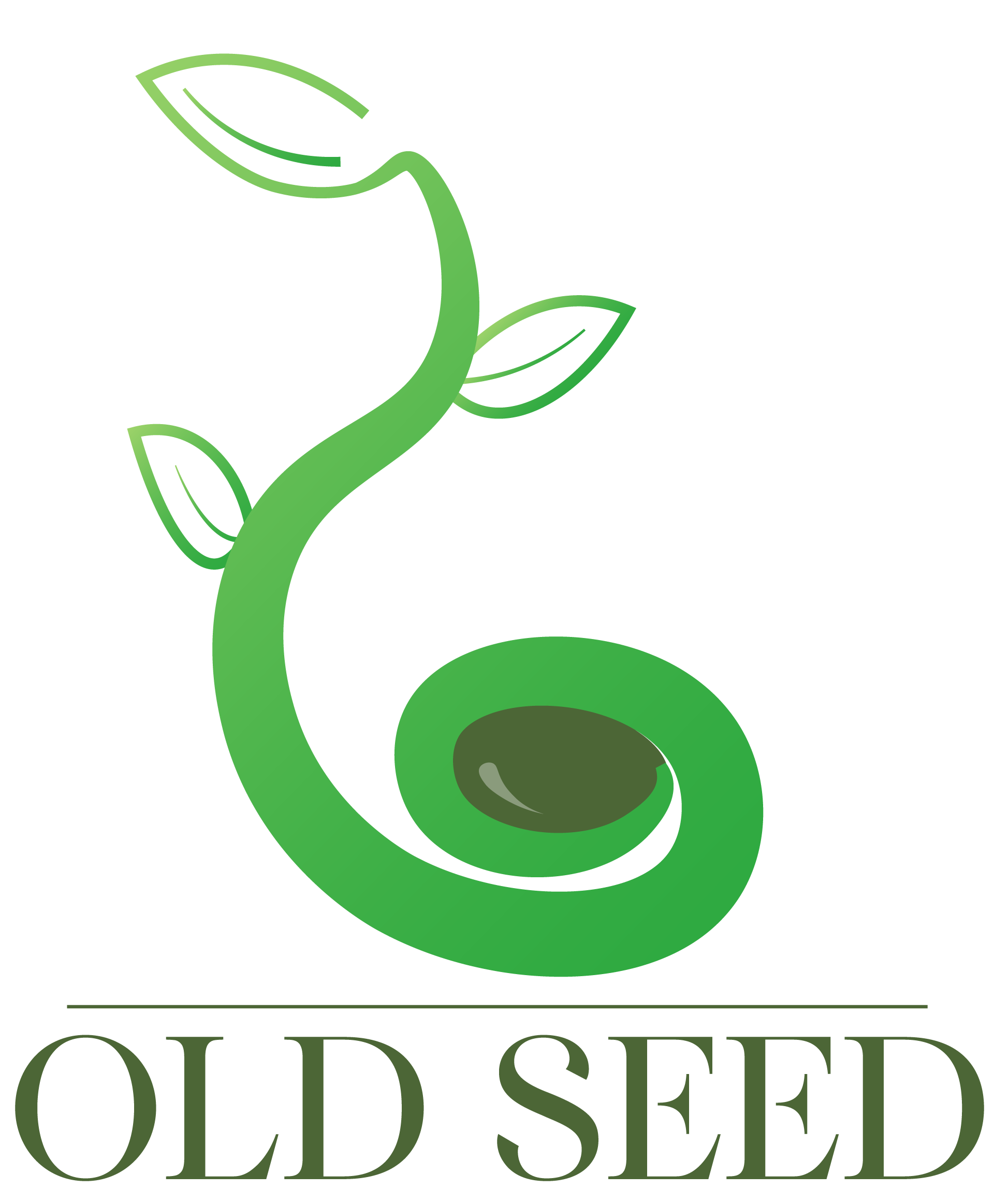
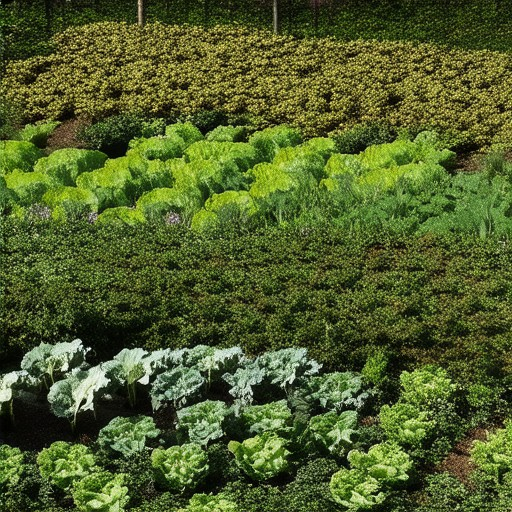
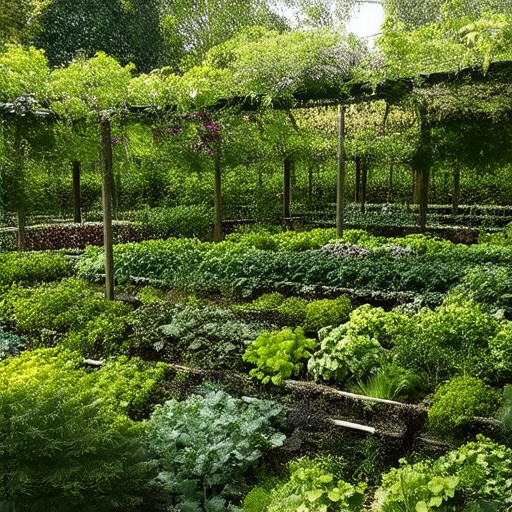

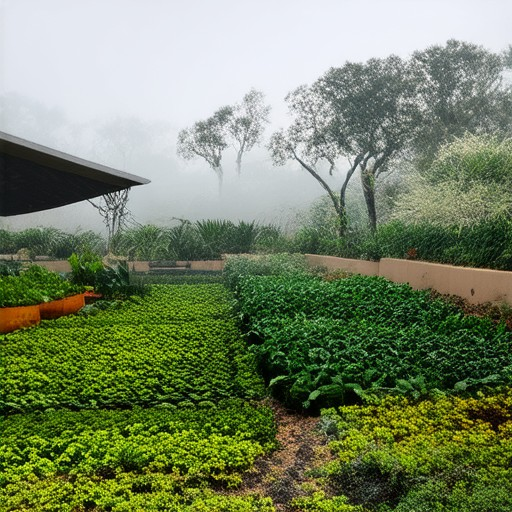

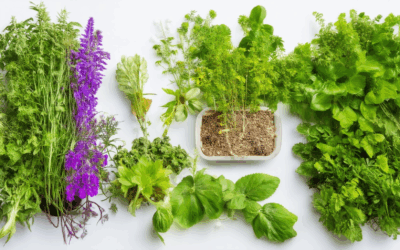
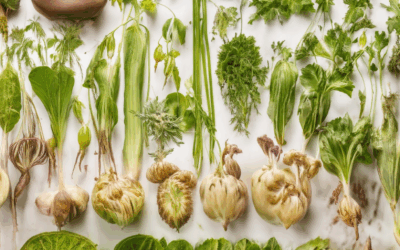
0 Comments